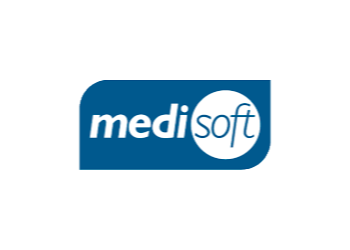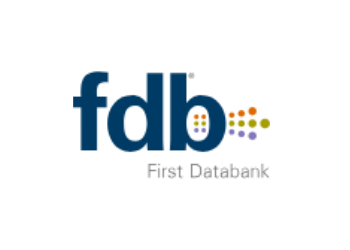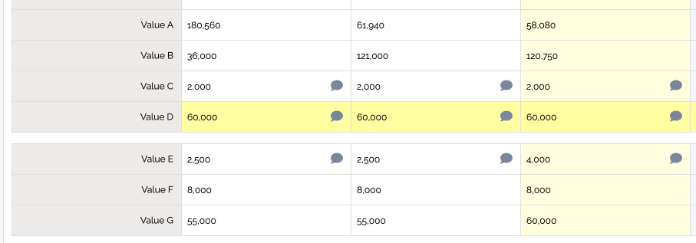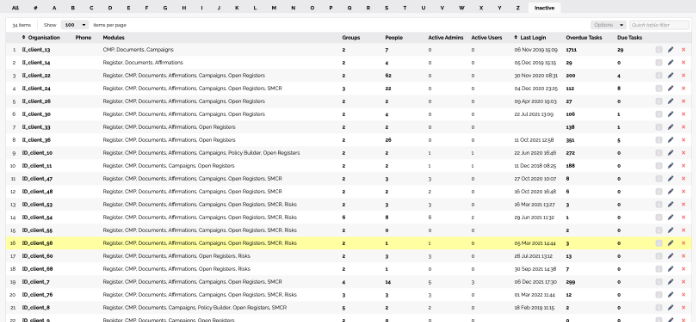Our Clients
Over 250 companies use our platforms globally
















Still managing complex data in a spreadsheet? Don't know how to start designing a new system? We can help!
Riskpoint provides bespoke development services based on our framework which provides a fast and efficient construction set for us to quickly develop your solution using our tried and tested modules along with bespoke code unique for your needs
Our core offer is design and development of web-based business applications.
From simple spreadsheets to complex databases - use and manipulate data in any format.
All serious business applications are web-enabled. We connect them into a coherent whole.
Over 250 companies use our platforms globally
















Riskpoint has been specialising in web-based applications and complex websites since 2007. Since then we have delivered dozens of different projects for a variety of clients in a range of industries.
We specidise in data management using web-based technologies and effective data management, distribution and display.
Client service, excellence in delivery and innovative solutions are all an integral part of how we work
We use open source software as it is flexible, well documented and supported by a large developer community - what's not to like?
Whatever your needs, Riskpoint can build a bespoke solution that does exactly what you need it to. From dashboards, reports and data entry, we've seen and done it all.

Using our framework, we can take your current spreadsheets and turn them into something that works for you. Your data can be visible, searchable and exportable in almost any format.
Whatever your data needs, we can display exactly what you need to see in the way you want to see it, be that charts, graphs, tables or diagrams.


Easily access your data, and see all of the relevant details in a single click. Search, filter and edit as you see fit, so that you can see exactly what you need to.
Want more examples? View our case studies to see exactly what we can do and how we can help you!
Riskpoint has been specialising in web-based applications and complex websites since 2007. We take pride in our work, our effectivness and technical expertise.
Boris is the founder of Riskpoint. Prior to Riskpoint, Boris worked as a quant analyst for Arthur Andersen and derivatives risk manager for CA / Lazard Bank. Boris has a PhD in Maths from Oxford.
Alan is the main developer of Riskpoint’s framework. He is also responsible for various systems integration, web-services and statistical analysis. Alan has a PhD in Statistics from Strathclyde University, Glasgow.
Alasdair joined Riskpoint in 2010 from T-Enterprise where he worked for over two years as Head Developer. Alasdair has a BSc in Chemistry and a PgD in Software Development from Glasgow Caledonian University.
Alice joined Riskpoint in 2015 after completing her Computer Science degree at the University of Kent. Alice is responsible for the frontend design and development of Riskpoint’s projects.
You can find us at WeWork on Shepherd's Bush Road, a short walk from Hammersmith underground station.